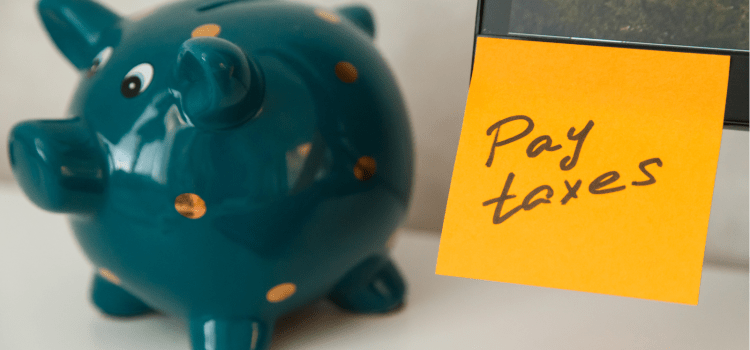Understanding what works and what doesn’t will help you grow your freelance career more efficiently. That way you can invest more in what supports this growth and less in what doesn’t. Keeping a close eye on what’s happening in your business will help you identify areas to focus on, and adapt your freelancing accordingly.
What is more profitable for you?
Analyse your offering and dig into the details of what clients are buying and what they aren’t. If a particular service simply isn’t in demand or costs too much to provide, then maybe it’s time to move on from it – at least in its current form.
If two services generate the same level of income, but one of them costs more to provide, then you might decide to focus on the most profitable of the two. On the other hand, the freelancing services you offer might be complementary, so consider whether removing one would also damage the other.
Choosing a pricing structure
How you price your offering and what you charge for each product or service is another element you should be reviewing on a regular basis.
One of the most obvious indicators that you might need to increase your prices is if you aren’t making enough money. Some other signals that it could be time to reassess your pricing structure include:
- When your outgoings increase: Things like inflation and market demand mean that sometimes, you end up spending more to produce your offering. This is an example of when a price increase is perfectly justified.
- If you hire staff: Again, this will increase your overheads, which might mean you need to bump up how much you charge for what you offer.
- Client feedback: If you notice clients are consistently surprised with how affordable your offering is, this could be a sign that you’re undercharging. You might also decide to charge more for particularly time-consuming clients!
- Competitors charging a lot more: if your competitors’ prices are way higher than yours, it could be a good idea to test an increased pricing structure of your own.
Of course, it is also important to assess whether or not you might need to lower your prices.
If clients aren’t buying what you’re selling or if you’re charging significantly more than your competitors, a price decrease could be what you need to see more sales coming in and boost your competitive advantage.
Client relationships
Contrary to traditional belief, the customer isn’t always right – or, at least, the customer isn’t always right for you. Assess your current client relationships and be honest about which ones are working and which ones aren’t.
If you feel a client relationship no longer serves you or your career positively, it’s probably time to part ways. This could be because it’s too tricky to manage expectations for the customer, for example, or perhaps they’re serial late payers and consistently behind on settling invoices.
Whatever the stumbling block may be, moving away from problematic client relationships will give you more time and energy to invest in flourishing and fruitful ones, both new and existing.
For the client relationships that are going well, you should think about how you can bolster these connections in order to retain the customer for as long as possible.
This is also a good opportunity to put your own contribution to client relationships under the spotlight. Are you doing enough to service your clients? Where could you improve? Putting an action plan in place can help you review and adapt the customer experience, and avoid the risk of complacency.
Payment processes
Look at your invoicing and transaction data to identify any clients that are regular culprits of making late payments, and consider how valuable this relationship is to you and your business.
Late payments can be extremely damaging for your freelance career, hindering your cash flow. Focus your energy on clients that don’t need chasing for payment and regularly fulfil their invoices on time.
Secondly, review your own outgoings and how you pay for business-related costs. Are there any payment processes in place that you could change or optimise to support things like cash flow and budgeting? Could you spread the cost, for example, or pay something upfront to save some money in the long run?
These are the types of questions you should ask yourself when it comes to analysing what works and doesn’t work financially for your freelance business.
Where you work
Another key thing to consider when you’re reviewing what works for your freelance career is where, when, and how you work.
As your own boss, you can structure your working life however you like – this includes the hours you work and where you work from. This has many brilliant benefits, but it also means self-employed people are often more at risk of burnout and a poor work-life balance.
For example, if you spend most of your time working from home, you might notice this impacting your physical and mental health as it reduces social connections and daily movement. As a result, you might choose to invest in a co-working space for part of the week to boost wellbeing, productivity, and networking opportunities.
This might also encourage you to work more structured, sociable hours, which will have a positive impact on your motivation and productivity too. The other side to this is the added cost though, so consider what this means for your profits.
How to measure the growth of your freelance business
Consistent growth and stable profits are usually a sure sign that something is working for your freelance career. Below are some of the most effective ways to measure and monitor this success.
- Review your client base: A growing list of regular clients is a really positive sign that freelancing is going well
- Assess your earnings: If your business is becoming more and more profitable, this shows your career is moving in the right direction.
- Use financial reports: Accounts and financial reports showing more money coming in than going out are a great indication of growth.
Looking for more advice on all things freelance? Head over to our hub where we have a whole host of handy guides and interesting resources for you to get stuck into.














